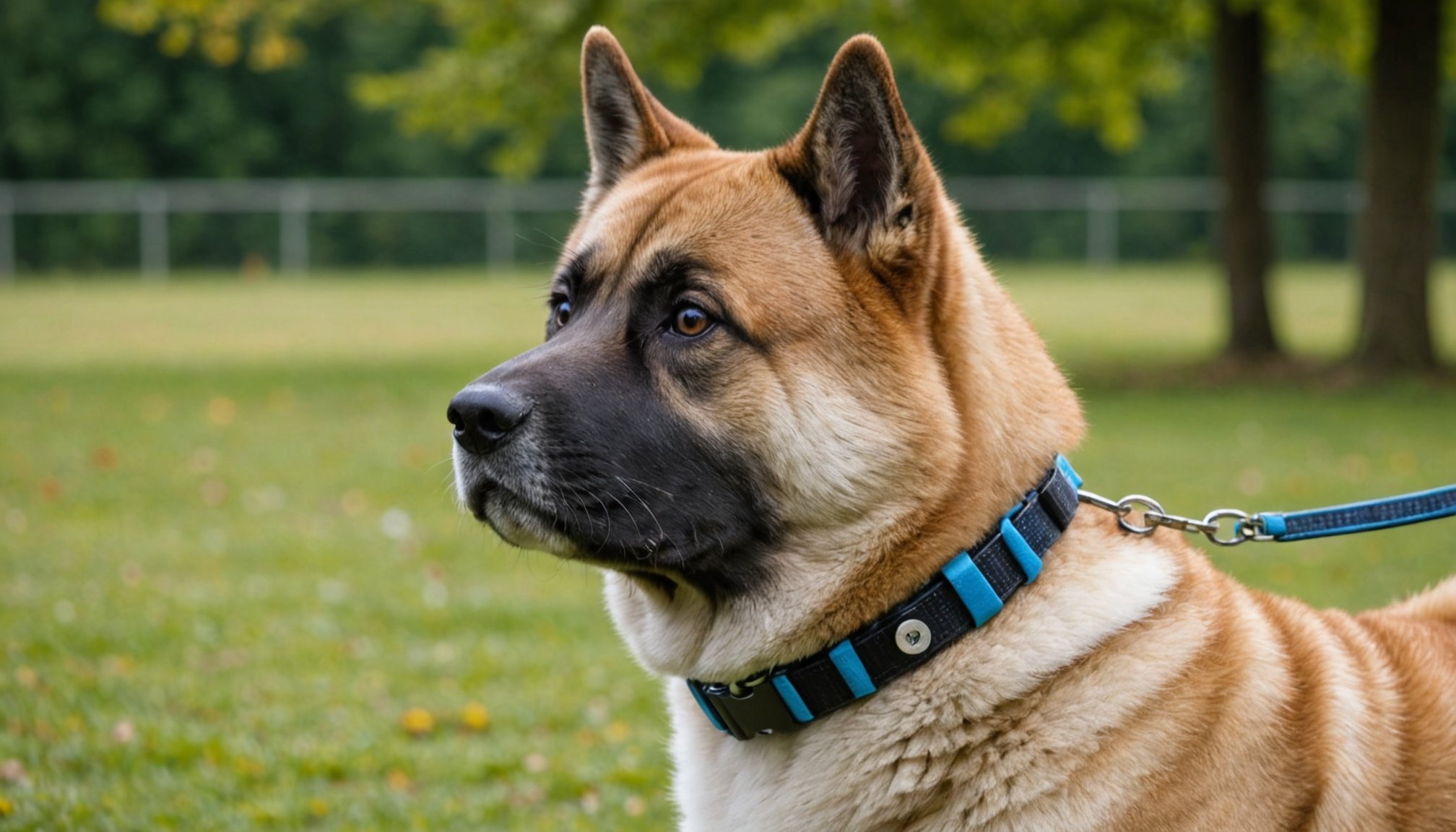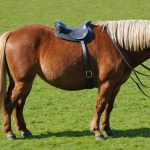Understanding Akita Behavior and Training Needs
Akitas are known for their loyalty and dignity, often described as being naturally protective of their families. This breed possesses an independent streak, which can make Akita training both a rewarding and challenging experience. Understanding their temperament is crucial; Akitas are generally reserved around strangers but affectionate with their owners.
Given their unique behavior, employing breed-specific training methods is imperative. Akitas benefit from consistent and firm but fair training approaches. Methods focusing on positive reinforcement tend to be most effective. These strategies help not only in nurturing respect but also in establishing trust between the owner and the dog. It’s important to set boundaries early on, as Akitas can display dominance if not guided correctly.
A lire aussi : Comprehensive blueprint for training your bullmastiff for therapy dog certification: proven steps and strategies
Common behavioral challenges with Akitas include a tendency towards dog aggression, a high prey drive, and stubbornness. Socialisation from a young age is vital to manage these tendencies effectively. Regular exposure to different environments and other dogs can mitigate potential aggressive tendencies. In conjunction, training should incorporate distraction-proof commands and impulse control exercises, which address their natural inclinations directly.
In summary, understanding Akita behavior is essential for successful training. With the right approach, owners can enjoy a harmonious relationship with their dignified and loyal companions.
A voir aussi : Ultimate guide to choosing safe, durable teething toys for your labrador retriever
Types of Training Collars
Selecting the right training collar for your Akita involves understanding the different collar types available and their specific uses. Each type of collar functions uniquely, providing various levels of control and feedback.
Choke Collars
Choke collars are designed to tighten around a dog’s neck when pulled. They are often used for obedience training but require careful handling to avoid injury. The collar’s simplicity makes it a popular option in dog training equipment, yet its impact on sensitive breeds like Akitas can be a potential drawback.
Prong Collars
Prong collars apply even pressure around the neck and are commonly used to rectify behavioural issues like pulling. Despite their intimidating appearance, they offer controlled feedback, aiding effective training for Akitas without causing pain when used correctly. However, improper use can lead to adverse reactions.
E-Collars
Electronic collars, or e-collars, provide remote electronic stimuli, facilitating communication from a distance. Suitable for off-leash training, they give consistent cues to reinforce commands. While effective, the precision of their use is paramount to ensure no stress is caused to the Akita.
When choosing a collar, trainers must weigh the advantages against potential challenges, considering factors like temperament and training goals. Understanding these tools equips dog owners with the knowledge to enhance their training experience effectively.
Key Features to Consider
When choosing a training collar for your Akita, understanding collar features can lead to more effective training. Important aspects include adjustability, ensuring the collar fits comfortably as your dog grows or changes size. An adjustable collar prevents discomfort and potential harm, allowing for a snug yet secure fit.
Durability is another critical consideration. An Akita is a large and strong breed, requiring a collar that withstands their strength and activity level. Look for materials that resist wear and tear, such as reinforced nylon or leather, which provide both longevity and comfort.
Functionality encompasses the features that enhance training effectiveness. Options like vibration, beep, or static settings allow you to tailor the training experience to your dog’s temperament and specific training needs. This versatility ensures a humane approach, offering a range of stimuli to guide behaviour adjustments.
Safety should never be overlooked. Ensuring the collar includes features preventing accidental overcorrection is vital. Some collars come with safety mechanisms that automatically stop the stimulation after a set period, minimising stress or injury risk. Thus, selecting a training collar with these essential attributes not only promotes an effective training regimen but also safeguards your Akita’s well-being, encouraging positive development.
Product Comparisons and Recommendations
Choosing the right training collar for your Akita is crucial to ensure effective learning and comfort for your furry friend. When comparing top-rated training collars, it is essential to delve into both user reviews and expert evaluations. These sources provide invaluable insights into not only the functionality and durability but also the overall user satisfaction associated with each product.
Some collars excel in specific training objectives. For instance, vibration collars are often recommended for sensitive dogs, as they provide gentle corrections. In contrast, static collars can be more suitable for persistent behavior issues. In this regard, product reviews highlight that the DogCare Training Collar is highly praised for its versatility and long-range capabilities. Similarly, the PetSpy P620 is favored for its user-friendly design and reliable performance.
Expert recommendations often emphasize collars with adjustable settings to accommodate the unique temperament of each Akita. Moreover, ease of use and battery life are also frequently mentioned as critical factors influencing user satisfaction. Based on this comprehensive analysis, pet owners should consider their specific training needs and the collar’s effectiveness when making a selection. By doing so, they can ensure a compassionate and successful training experience for both themselves and their beloved Akita.
Training Techniques with Collars
When training an Akita, employing effective training techniques, especially those involving collars, requires careful consideration. Collars can be both supportive and restrictive, depending on their use. The collar training method often includes various types of collars, such as buckle collars or martingale collars, each serving a specific purpose in training.
However, it’s not solely about which collar you use. The key to successful training is combining these collars with positive reinforcement techniques. Positive reinforcement involves rewarding desired behavior, making it more likely for the behavior to be repeated. It complements collar training by ensuring the Akita associates the collar with positive experiences rather than negative ones.
Step-by-Step Guide to Training Akitas with Collars
- Introduce the Collar: Allow your Akita to become familiar with the collar without associating it with control. Let your pet wear it around the house.
- Pair with Treats: Give treats when putting on or taking off the collar to create positive associations.
- Controlled Outings: Gradually introduce your Akita to short walks, offering praise and treats as needed to reinforce calm behaviour.
- Consistency: Maintain a routine; consistency helps your Akita understand expectations.
Utilising these tips ensures a balanced approach to training while fostering a trusting relationship with your Akita.
Pros and Cons of Different Collar Types
Choosing the right collar for your Akita requires balancing the advantages and disadvantages of each type.
Collar Advantages
Various collars offer distinct benefits, impacting training effectiveness and overall control. For example, flat collars are gentle and ideal for everyday use, providing easy identification and attachment for leashes. Martingale collars prevent slipping and are excellent for breeds with a broader neck like Akitas, enhancing control during walks. Prong collars, while more controversial, offer clear corrections during training when applied correctly.
Collar Disadvantages
Despite their benefits, each collar type has its drawbacks. Flat collars may offer limited control for strong or reactive dogs. Martingale collars, though safer than choke chains, can still strain a dog’s neck if improperly adjusted. Prong collars must be used cautiously; their potential to cause discomfort makes them unsuitable for everyday use.
Choosing the Right Collar
Selecting a collar should be based on circumstances and your Akita’s needs. Opt for a flat collar for day-to-day activities, reserving martingale collars for secure outings. Prong collars should be exclusively part of controlled training scenarios. Prioritising your Akita’s comfort and safety ensures a harmonious and effective training routine.
Final Thoughts on Selecting the Right Collar
Choosing the perfect collar is pivotal for both training success and the well-being of your Akita. When making an informed choice, consider the collar selection factors that align with your dog’s unique behavior and needs. Akitas are known for their strong-willed nature, so the collar’s design should reflect this temperament.
First, consider the collar type that best suits the Akita’s training requirements. For instance, if your Akita tends to pull, a harness might be more effective than a traditional collar in achieving training success. Also, factor in the materials and size to ensure comfort and prevent skin irritation.
Collar selection is not a one-size-fits-all approach. Owners should invest time in understanding their dog’s specific needs through research and potentially testing out collars. Experimenting with different types can reveal what works best for both comfort and control.
Moreover, regularly checking for wear and tear is essential in maintaining the collar’s effectiveness and safety. An informed choice not only ensures efficient training but also strengthens the bond between you and your Akita. Remember, the right collar is an extension of your commitment to your dog’s health and happiness.











